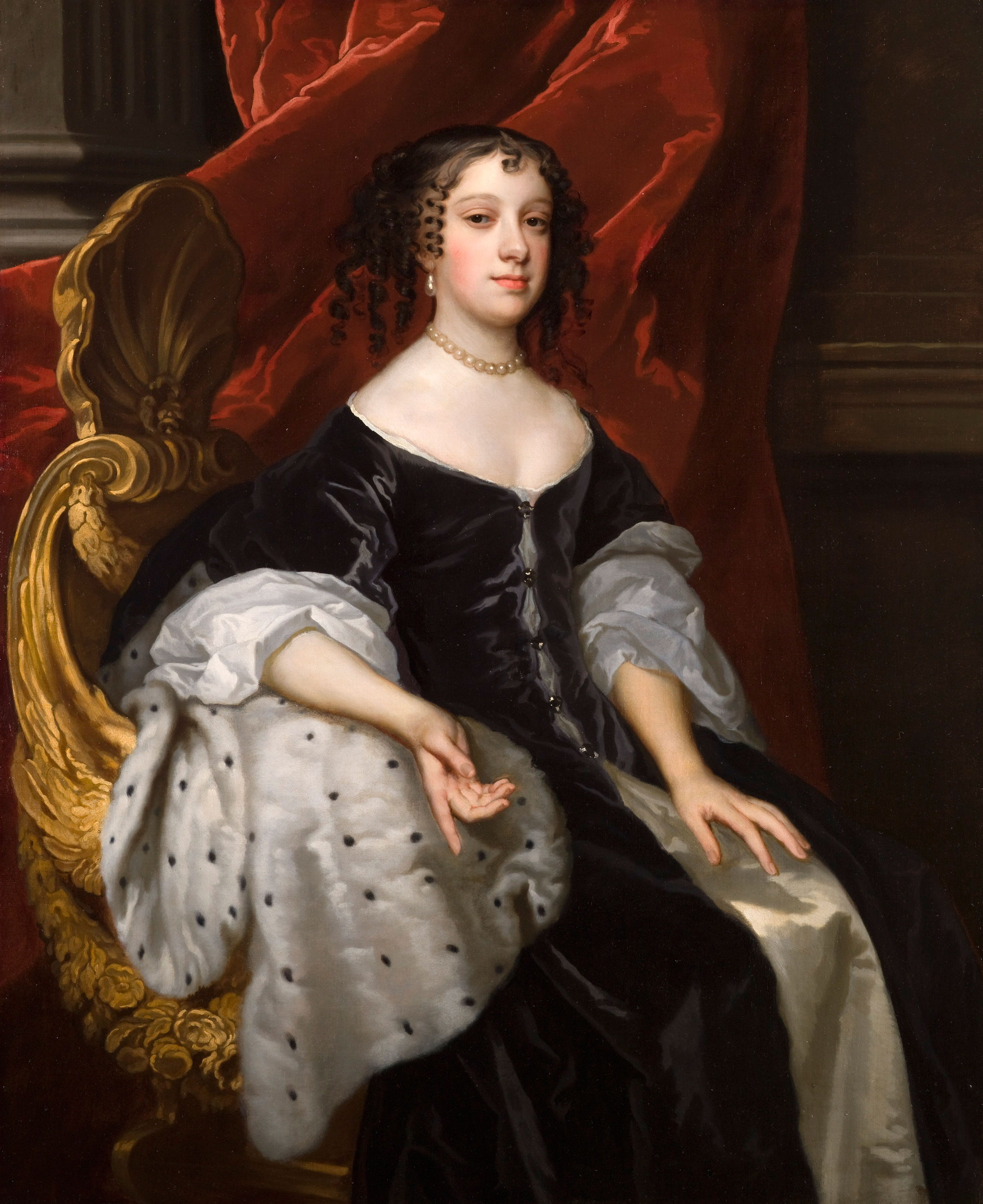|
Apama II
Apama II, sometimes known as Apame II (, about c. 292 BC–sometime after 249 BC) was a Syrian Greek princess of the Seleucid Empire, queen of Cyrenaica by marriage to King Magas of Cyrene. Life Apama II was a daughter of the second Seleucid king Antiochus I Soter, who was of Greek Macedonian and Persian descent, and Stratonice, a queen of Greek Macedonian descent. Her siblings included Stratonice of Macedon and the Seleucid King Antiochus II Theos. Her paternal grandparents were the first Seleucid King Seleucus I Nicator and his wife Queen Apama I, and her maternal grandparents were Antigonid King Demetrius I of Macedon and his wife Queen Phila. Apama was the namesake of her paternal grandmother and paternal aunt. Apama was born and raised in the Seleucid Empire. Queen of Cyrene Around 275 BC, Apama married her maternal third cousin the Greek King Magas of Cyrene. The maternal grandmothers of Apama and Magas were paternal first cousins. The fathers of their grandmothers we ... [...More Info...] [...Related Items...] OR: [Wikipedia] [Google] [Baidu] |
Greeks
Greeks or Hellenes (; , ) are an ethnic group and nation native to Greece, Greek Cypriots, Cyprus, Greeks in Albania, southern Albania, Greeks in Turkey#History, Anatolia, parts of Greeks in Italy, Italy and Egyptian Greeks, Egypt, and to a lesser extent, other countries surrounding the Eastern Mediterranean and Black Sea. They also form a significant Greek diaspora, diaspora (), with many Greek communities established around the world.. Greek colonies and communities have been historically established on the shores of the Mediterranean Sea and Black Sea, but the Greek people themselves have always been centered on the Aegean Sea, Aegean and Ionian Sea, Ionian seas, where the Greek language has been spoken since the Bronze Age.. Until the early 20th century, Greeks were distributed between the Greek peninsula, the western coast of Asia Minor, the Black Sea coast, Cappadocia in central Anatolia, Egypt, the Balkans, Cyprus, and Constantinople. Many of these regions coincided to ... [...More Info...] [...Related Items...] OR: [Wikipedia] [Google] [Baidu] |
Berenice I Of Egypt
Berenice I (; c. 340 BC – between 279 and 268 BC) was Queen of Egypt by marriage to Ptolemy I Soter. She became the second queen, after Eurydice of Egypt, Eurydice, of the Ptolemaic dynasty of Ancient Egypt, Egypt. Life Family Berenice was originally from Eordaea. She was the daughter of princess Antigone of Macedon, and an obscure local, a Macedonia (ancient kingdom), Macedonian nobleman called Magas of Macedon, Magas. Her maternal grandfather was a nobleman called Cassander (brother of Antipater), Cassander who was the brother of Antipater, the regent for Alexander's empire, and through her mother was a relation to his family. First marriage In 325 BC, Berenice married an obscure local nobleman and military officer called Philip (first husband of Berenice I of Egypt), Philip. Philip was previously married and had other children. Through her first marriage, she became the mother of King Magas of Cyrene, Antigone of Epirus, Antigone, who married King Pyrrhus of Epirus; and a ... [...More Info...] [...Related Items...] OR: [Wikipedia] [Google] [Baidu] |
Queens Consort Of The Ptolemaic Dynasty
Queens is the largest by area of the five boroughs of New York City, coextensive with Queens County, in the U.S. state of New York. Located near the western end of Long Island, it is bordered by the borough of Brooklyn and by Nassau County to its east, and shares maritime borders with the boroughs of Manhattan, the Bronx, and Staten Island, as well as with New Jersey. Queens is one of the most linguistically and ethnically diverse places in the world. With a population of 2,405,464 as of the 2020 census, Queens is the second-most populous county in New York state, behind Kings County (Brooklyn), and is therefore also the second-most populous of the five New York City boroughs. If Queens were its own city, it would be the fourth most-populous in the U.S. after the rest of New York City, Los Angeles, and Chicago. Queens is the fourth-most densely populated borough in New York City and the fourth-most densely populated U.S. county. Queens is highly diverse with approximately 47 ... [...More Info...] [...Related Items...] OR: [Wikipedia] [Google] [Baidu] |
Seleucid Princesses
The Seleucid Empire ( ) was a Greek state in West Asia during the Hellenistic period. It was founded in 312 BC by the Macedonian general Seleucus I Nicator, following the division of the Macedonian Empire founded by Alexander the Great, and ruled by the Seleucid dynasty until its annexation by the Roman Republic under Pompey in 63 BC. After receiving the Mesopotamian regions of Babylonia and Assyria in 321 BC, Seleucus I began expanding his dominions to include the Near Eastern territories that encompass modern-day Iraq, Iran, Afghanistan, Syria, and Lebanon, all of which had been under Macedonian control after the fall of the former Achaemenid Empire. At the Seleucid Empire's height, it had consisted of territory that covered Anatolia, Persia, the Levant, Mesopotamia, and what are now modern Kuwait, Afghanistan, and parts of Turkmenistan. The Seleucid Empire was a major center of Hellenistic culture. Greek customs and language were privileged; the wide variety o ... [...More Info...] [...Related Items...] OR: [Wikipedia] [Google] [Baidu] |
3rd-century BC Greek People
The 3rd century was the period from AD 201 (represented by the Roman numerals CCI) to AD 300 (CCC) in accordance with the Julian calendar. In this century, the Roman Empire saw a crisis, starting with the assassination of the Roman Emperor Severus Alexander in 235, plunging the empire into a period of economic troubles, barbarian incursions, political upheavals, civil wars, and the split of the Roman Empire through the Gallic Empire in the west and the Palmyrene Empire in the east, which all together threatened to destroy the Roman Empire in its entirety, but the reconquests of the seceded territories by Emperor Aurelian and the stabilization period under Emperor Diocletian due to the administrative strengthening of the empire caused an end to the crisis by 284. This crisis would also mark the beginning of Late Antiquity. While in North Africa, Roman rule continued with growing Christian influence, particularly in the region of Carthage. In Persia, the Parthian Empire was s ... [...More Info...] [...Related Items...] OR: [Wikipedia] [Google] [Baidu] |
Catullus
Gaius Valerius Catullus (; ), known as Catullus (), was a Latin neoteric poet of the late Roman Republic. His surviving works remain widely read due to their popularity as teaching tools and because of their personal or sexual themes. Life Gāius Valerius Catullus was born to a leading equestrian family of Verona, in Cisalpine Gaul. The social prominence of the Catullus family allowed the father of Gaius Valerius to entertain Julius Caesar when he was the Promagistrate (proconsul) of both Gallic provinces. In a poem, Catullus describes his happy homecoming to the family villa at Sirmio, on Lake Garda, near Verona; he also owned a villa near the resort of Tibur (modern Tivoli). Catullus appears to have spent most of his young adult years in Rome. His friends there included the poets Licinius Calvus and Helvius Cinna, Quintus Hortensius (son of the orator and rival of Cicero), and the biographer Cornelius Nepos, to whom Catullus dedicated a '' libellus'' of poems, the ... [...More Info...] [...Related Items...] OR: [Wikipedia] [Google] [Baidu] |
Callimachus
Callimachus (; ; ) was an ancient Greek poet, scholar, and librarian who was active in Alexandria during the 3rd century BC. A representative of Ancient Greek literature of the Hellenistic period, he wrote over 800 literary works, most of which do not survive, in a wide variety of genres. He espoused an aesthetic philosophy, known as Callimacheanism, which exerted a strong influence on the poets of the Roman Empire and, through them, on all subsequent Western canon, Western literature. Born into a prominent family in the Greek city of Cyrene, Libya, Cyrene in modern-day Libya, he was educated in Alexandria, the capital of the Ptolemaic dynasty, Ptolemaic kings of Egypt. After working as a schoolteacher in the city, he came under the patronage of King Ptolemy II Philadelphus and was employed at the Library of Alexandria where he compiled the ''Pinakes'', a comprehensive catalogue of all Greek literature. He is believed to have lived into the reign of Ptolemy III Euergetes. Altho ... [...More Info...] [...Related Items...] OR: [Wikipedia] [Google] [Baidu] |
Demetrius The Fair
Demetrius the Fair or the Handsome (, c. 285 BC–249 BC), known in modern ancient historical sources as Demetrius of Cyrene, was a Hellenistic king of Cyrene, who succeeded Magas I. Family Demetrius was of Macedonian ancestry. He was surnamed ''The Fair'', because he was considered gorgeous by many of his contemporaries. He was born and raised in Macedonia. Demetrius was named after his father and was the youngest of the children of King Demetrius I of Macedon and his wife, Ptolemais. Demetrius I married Ptolemais as his fifth wife around 287 BC/286 BC in Miletus, while this was Ptolemais’ first marriage. Demetrius was the only child born into the marriage, as his father died shortly thereafter, in 283 BC. From his father's previous marriages, Demetrius had various paternal half siblings, who included king Antigonus II Gonatas, as well as Stratonice of Syria, princess and later Queen of the Seleucid Empire. Demetrius’ maternal grandfather was the ... [...More Info...] [...Related Items...] OR: [Wikipedia] [Google] [Baidu] |
Ptolemy III Euergetes
Ptolemy III Euergetes (, "Ptolemy the Euergetes, Benefactor"; c. 280 – November/December 222 BC) was the third pharaoh of the Ptolemaic dynasty in Egypt from 246 to 222 BC. The Ptolemaic Kingdom reached the height of its military and economic power during his kingship, as initiated by his father Ptolemy II Philadelphus. Ptolemy III was the eldest son of Ptolemy II and Arsinoe I. When Ptolemy III was young, his mother was disgraced and he was removed from the succession. He was restored as heir to the throne in the late 250s BC and succeeded his father as king without issue in 246 BC. On his succession, Ptolemy III married Berenice II, reigning queen of Cyrenaica, thereby bringing her territory into the Ptolemaic realm. In the Third Syrian War (246–241 BC), Ptolemy III invaded the Seleucid empire and won a near total victory, but was forced to abandon the campaign as a result of an uprising in Egypt. In the aftermath of this rebellion, Ptolemy forged a closer bond with the Egy ... [...More Info...] [...Related Items...] OR: [Wikipedia] [Google] [Baidu] |
Ptolemaic Dynasty
The Ptolemaic dynasty (; , ''Ptolemaioi''), also known as the Lagid dynasty (, ''Lagidai''; after Ptolemy I's father, Lagus), was a Macedonian Greek royal house which ruled the Ptolemaic Kingdom in Ancient Egypt during the Hellenistic period. Reigning for 275 years, the Ptolemaic was the longest and last dynasty of ancient Egypt from 305 BC until its incorporation into the Roman Republic in 30 BC. Ptolemy, a general and one of the '' somatophylakes'' (bodyguard companions) of Alexander the Great, was appointed satrap of Egypt after Alexander's death in 323 BC. In 305 BC he declared himself Pharaoh Ptolemy I, later known as ''Sōter'' "Saviour". The Egyptians soon accepted the Ptolemies as the successors to the pharaohs of independent Egypt. The new dynasty showed respect to local traditions and adopted the Egyptian titles and iconography, while also preserving their own Greek language and culture. The Ptolemaic period was marked by the intense interactions and blending ... [...More Info...] [...Related Items...] OR: [Wikipedia] [Google] [Baidu] |






